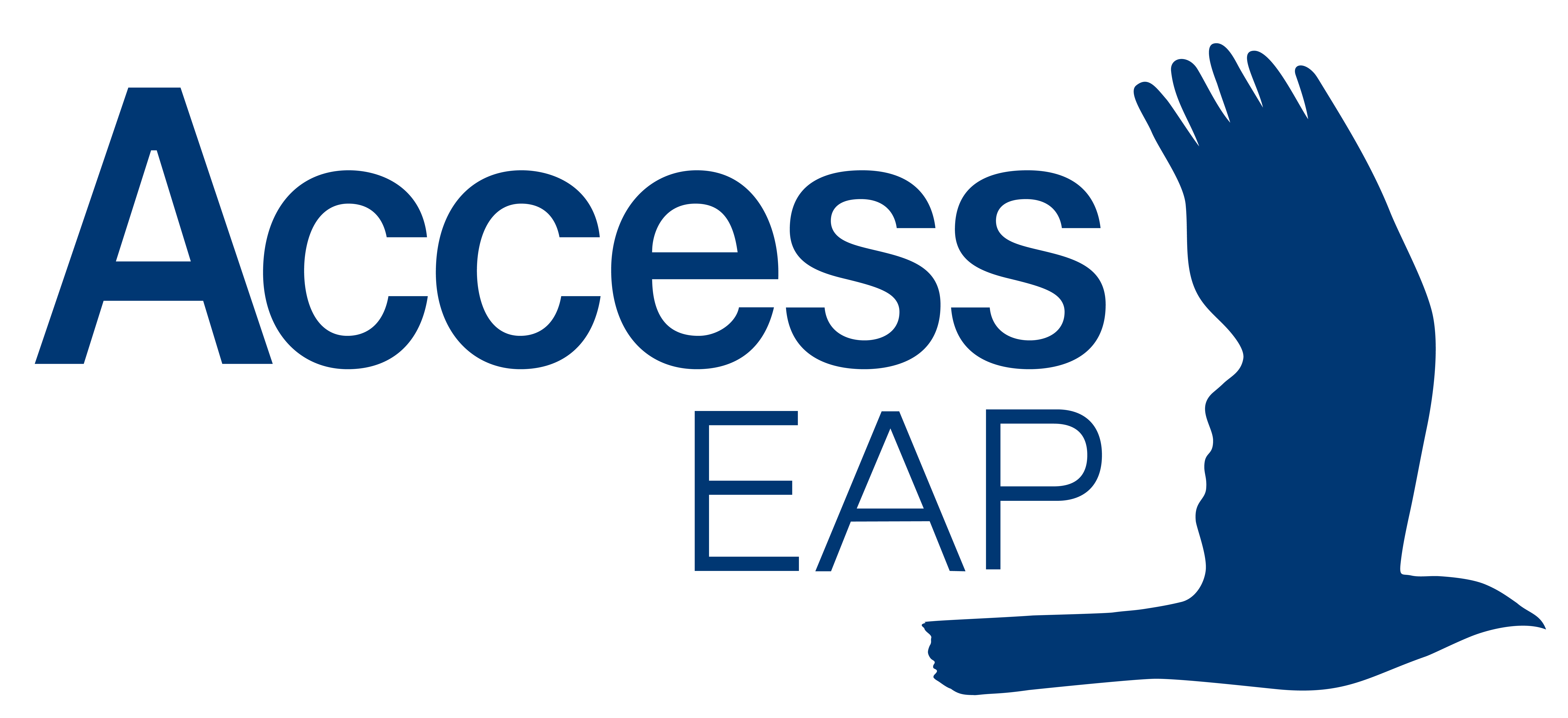
Showing Stress
Stress is a natural state which allows our minds and bodies to prepare for the unexpected. Some stress is good: It helps us prepare for a big task and protects against imminent threats. However, a constant state of stress is exhausting and bad for our physical and emotional health.
We show stress in four ways:
Physically: feeling the rush of adrenaline, headaches, muscle tension.
Emotionally: becoming snappy or teary with little provocation; losing our confidence and vitality.
Cognitively: black and white thinking; catastrophising and dwelling on unhealthy thoughts; being indecisive.
Behaviorally: increasing our drinking or drug use; avoiding people and places; eating comfort food or not eating at all; insomnia.
By identifying indicators that we are stressed, we develop self-awareness that allows us to intervene before we feel overwhelmed.
To see the full tip sheet, download our App, AccessMyEAP.


